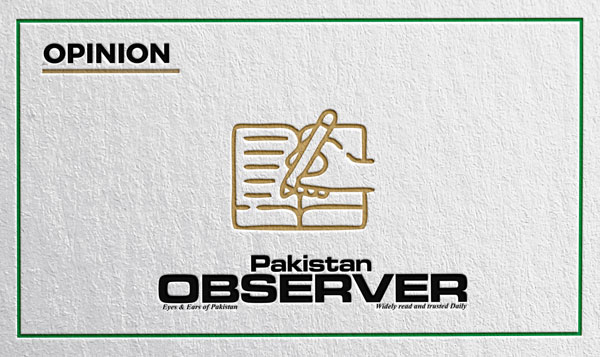Articles and letters may be edited for the purposes of clarity and space.
AI transforming healthcare
In recent years, artificial intelligence (AI) has emerged as a revolutionary force in various industries. The integration of AI technologies into healthcare systems holds the promise of improving patient outcomes, enhancing efficiency and reshaping entire landscape of medical practice. AI has demonstrated remarkable capabilities in medical image analysis. From radiology to pathology, AI algorithms can analyse images with incredible precision, aiding in early detection of diseases such as cancer.
This not only expedites diagnosis but also improves accuracy, reducing the margin of error that can have significant consequences in healthcare. One of the strengths of AI lies in its ability to process vast amounts of data quickly. In healthcare, this means analysing patient records, genetic information and treatment outcomes to tailor personalised treatment plans. AI is also proving its worth in the administrative aspects of healthcare. The integration of artificial intelligence into healthcare is not a futuristic concept; it is a reality reshaping the industry today. The era of AI in healthcare has dawned, promising a brighter and healthier future for individuals around the globe.
ABDUL QADIR
Hyderabad, Sindh
Unlocking happy rewards
Meditation, an ageless exercise that transcends cultural boundaries, exerts profound outcomes on human health. Severe medical researches constantly affirm its positive effect on both intellectual and body. Ordinary meditation correlates with decreased pressure tiers, dwindled anxiety, and heightened emotional resilience. Furthermore, it contributes to improved cardiovascular fitness, reducing blood pressure and improving heart characteristic.
Beyond reaping rewards meditation actively fortifies immune machine, nurturing a profound feel of internal calm and facilitating restful sleep. The practice’s potential to set off a rest response within the frame not most effective alleviates anxiety however additionally undoubtedly influences diverse physiological methods, ensuing in a comprehensive enhancement of fitness. In our rapid-paced contemporary world, integration of meditation into everyday lifestyles is a holistic technique to foster a more fit and balanced life-style.
FAHAD ALI
Shahdadkot, Sindh
Education dilemma
In Pakistan, foundations of merit-based requirements of rewarding grades in schools and job sections have been ghastly undermined due to ineffectiveness and poor quality standards in the education system of Pakistan. Three parallel education systems are running simultaneously in Pakistan, including public and non-elite private schools, elitist private schools and religious seminaries or madaris. All of these follow their curricula, teaching methods and education system. The existence of parallel systems has created predicaments further compromising credibility of education in Pakistan.
The elitist private schools charge an exorbitant amount but their quality of education meets international standards. While private public schools cater to middle-class children, they have less quality education and infrastructural facilities. However, those who can’t afford further, send their children to religious seminaries that provide necessities along with free-of-cost education and monthly stipends. The broad difference with sundry complex environments is children from elitist schools to private public schools and madaris don’t fit in a box. However, the National Education Policy 2009 has identified the commitment gap as the major reason behind the low literacy rate and scant skilled class as expected from the educated cadre.
SAJID ALI NAICH
Khairpur Nathan Shah, Sindh
India-China relations
In recent times, India-China relationship has witnessed numerous challenges. These include border disputes, economic competition and strategic differences. The 2020 India-China border clash in Ladakh further strained the relations, causing casualties on both sides and escalating tensions. It emphasised the need for greater dialogue and trust-building measures to maintain peace and stability in the region.
However, despite these tumultuous events, both nations have recognized the significance of maintaining a working relationship. Economic ties between India and China have expanded significantly in the past years, with bilateral trade reaching nearly $77 billion in the fiscal year 2020-2021. China remains a major trading partner for India, with vast opportunities for cooperation in sectors such as technology, infrastructure, and manufacturing. Furthermore, people-to-people exchanges, cultural linkages and educational collaborations have enriched the bond between the two countries.
AMAN MAHESHWARI
Via email










